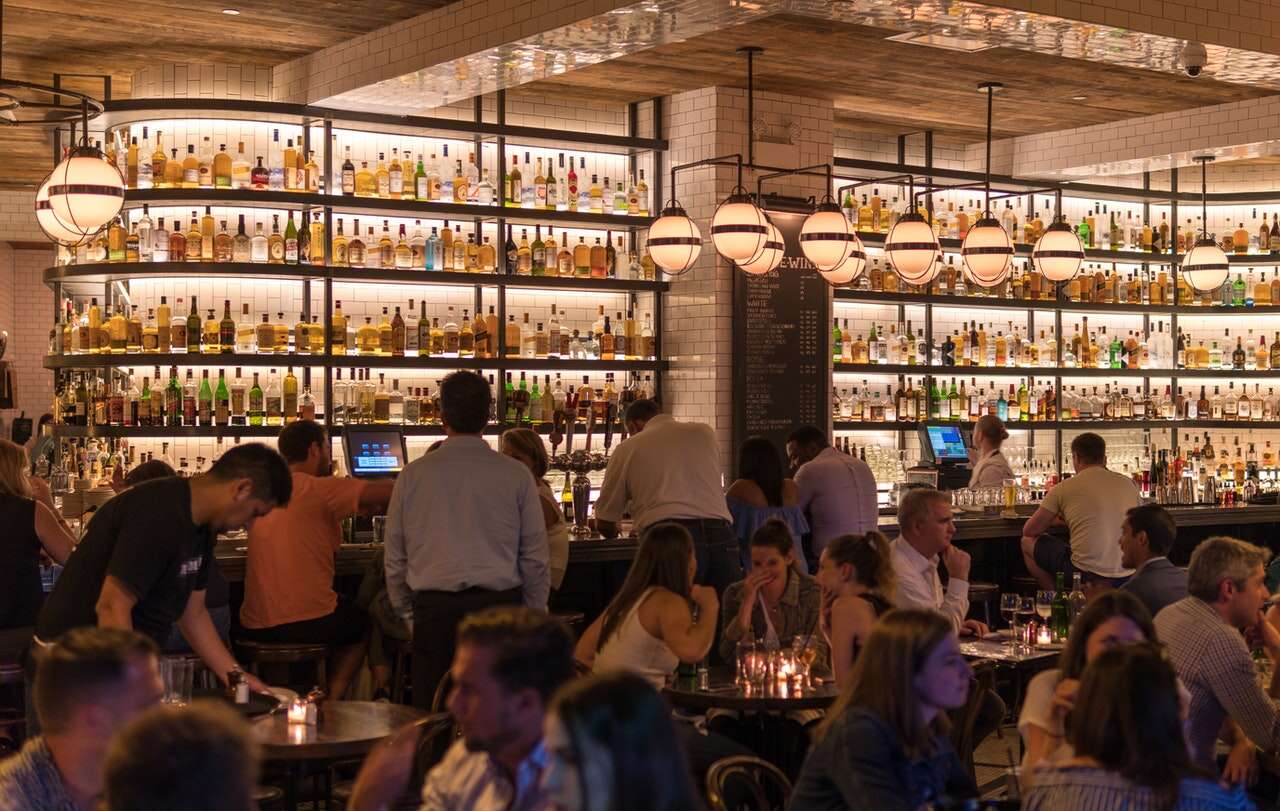
How to Value a Restaurant? Restaurant Valuation in Singapore
So you own a restaurant in Singapore and have considered to sell due to reasons like retirement, cashing out, seeking external investment for expansion and so on. But you are faced with this question – How to value a restaurant? Restaurant valuations are generally treated similar to a regular business even though certain variables such as restaurant location, Chef skills, restaurant brand name, food cuisine, kitchen equipment can come into the equation.
Just like any business, it is important to know that valuation is an important consideration for any business owner deciding to sell their business. Knowing the restaurant valuation ensures that business owners can confidently evaluate offers and determine whether the offers on the table are reasonable and meet fair value.
Buyers can use several approaches when valuing businesses for potential acquisition:
- Discounted cash flow (DCF);
- Multiple based valuations (MBV);
- Replacement cost or liquidation value approach.
Discounted Cash Flow for Restaurant Valuation
A commonly used approach for company valuation is the DCF valuation methodology. This considers any sales the restaurant business can expect to generate in the future and the risk associated with such cash flows. These future cash flows are essentially discounted back to their ‘current’ value using a rate that reflects the risks associated with future earnings and business cash flow, discounting the future cash flows.
The restaurant business is valued as a standalone entity and any non-business expenses of the current owners are taken out of the equation. Any items, such as historical once-off pots of money, not expected to be repeated in the future do not feature in this forecast. Practically speaking, current budgets and future forecasts are used as a great starting point when determining future cash flows.
What discount rate is used can significantly change a company valuation. Often, the weighted average cost of capital (WACC) method is used by corporates for investment decisions. This method represents the rate of return that, at a minimum, investments made by the corporate should achieve.
The discount rate can also be seen as an opportunity cost; what return on investment could be expected for investment alternatives with similar risk profiles? The return on investment for an investment of comparable size and risk is the opportunity cost and, hence, the discount rate for the DCF valuation. A DCF valuation can be complicated and changes, even small ones, in certain input variables can significantly impact the end result.
Multiples Based Valuation for Restaurant Valuation
A MBV is often used to support the restaurant valuation obtained by DCF. A common approach is to apply an appropriate multiplier to the earnings before interest, tax, depreciation and amortisation (EBITDA), which gives the enterprise value of the business (EV). The EV is then normalised for the net business debt to calculate the business equity value. Several factors must be considered when determining what valuation multiplier to be used:
- Size: listed businesses are generally larger with a more diverse product portfolio and income stream, suggesting a lower risk profile. This results in a greater multiplier needed;
- Quality of earnings: businesses with high-quality earnings and good prospects will need a higher valuation multiple than businesses with lower quality earnings and bad prospects;
- Control premium: where a purchaser acquires a controlling share of a business, the valuation multiple will include reflect the value of obtaining control of the business during acquisition.
Replacement Cost / Liquidation Value Approach for Restaurant Valuation
During the acquisition of a restaurant with unique or specialised equipment, the buyer may also consider the cost of replacing the cost of the equipment and/or property to support other valuation approaches. This method rarely forms the primary valuation method.
Restaurant business owners with already existing businesses could benefit from synergies in cost or revenue when they combine both acquired and currently owned restaurants. These benefits include access to new customers for cross-selling, increased purchasing power over food ingredients and supplier costs. When performing a restaurant valuation, potential buyers should first determine a standalone valuation of the potential restaurant acquisition. The buyer will then calculate the current value of expected benefits, such as those described above, that will come from acquiring the target business.
The total sum derived from the standalone business value and the value of any synergy benefits represents the maximum value possible from an acquisition. Buyers usually do not want to pay more than the standalone value of the restaurant business. That said, in a competitive situation, it may be that buyers are required to share at least part of the synergy benefits with the seller in order to complete the acquisition.
Speak to one of our restaurant valuation specialists for a comprehensive review of your restaurant today.
